Art Deco
El
Paso Museum of Art
January 17 - May 1, 2024
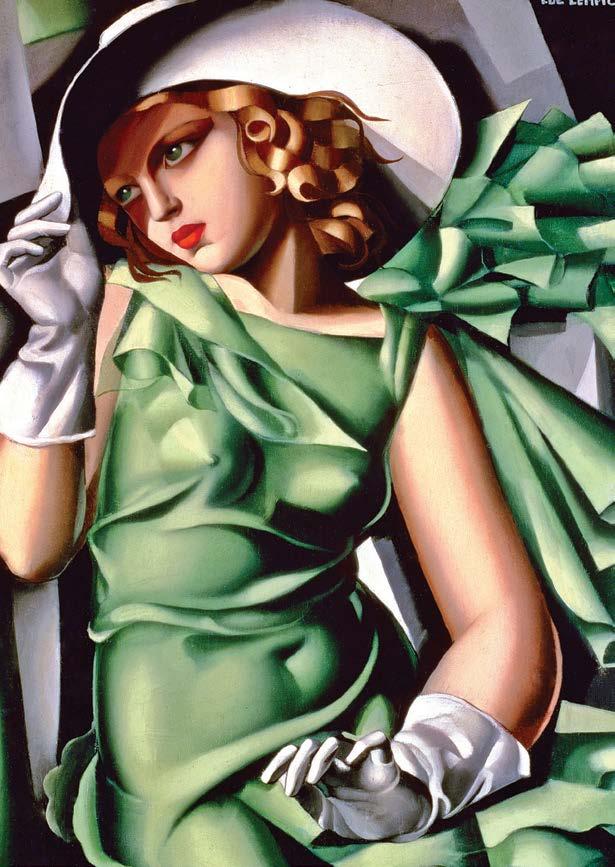
Art Deco is a movement that began in the 1920s and continued to flourish into the 1930s. It followed Art Nouveau and became a massive trend in both the United States and Europe. The name “Art Deco” comes from a 1925 exhibition that was displayed in Paris, Exposition internationale des arts décoratifs et industriels modernes, at which the iconic style first debuted. Art Deco is known for its geometric patterns and use of manmade materials. The style was inspired by cultures that were deemed exotic such as Egypt, taking geometric shapes, patterns and motifs to depict luxury. The goal of Art Deco was to depict a vision of what could be for the future, with sleek, oversimplified shapes meant to suggest speed and modernity. Art Deco most popularly took the forms of architecture, graphic design, and fashion.
ARCHITECTURE
One of the most well-known mediums Art Deco took was architecture, and many examples still stand tall today. Builders during this era used concrete, not to focus on the naturalistic and organic figures of Art Nouveau, but instead to achieve new heights. One example is the Tourism Pavillion, designed by the architect Robert Mallet-Stevens in 1925 for the Exposition internationale des arts décoratifs et industriels modernes, the same exhibition previously mentioned. This was one of the first examples of Art Deco that would later influence the entire genre. Its original purpose, as its name implies, was as a sort of kiosk to provide tourist information on different regions of France. The building was a tall, simple rectangular shape with a clock at the top and horizontal layers on either side of it. The base of the building is visually more complicated with intersecting horizonal and vertical structures around the entrance. Mallet-Stevens would also design a similar, but smaller pavilion, designed as a kiosk for the Syndicat d’lnitiative de Paris et du Departement de la Seine. Another example is the famous Empire State Building, designed by Shreve, Lamb & Harmon Associates. The building takes on a blocky structure, following a geometric pattern that narrows as it reaches the top, then abruptly shifts to a slender form. Contracts for the project were made in 1929, construction started in 1930, and it was finished just a year later. The speed of construction and size of the building was impressive, and it still makes a lasting impact. The building was originally designed by Shreve, Lamb & Harmon Associates and was built to simply house business offices. Another notable Deco structure is the Hoover Dam, designed by Gordon Kaufmann. Sculptures around the complex use stretched out human forms with elongated, simple wings pointed upward. Kaufmann incorporated motifs based on the local Navajo and Pueblo tribes into the sculpture.
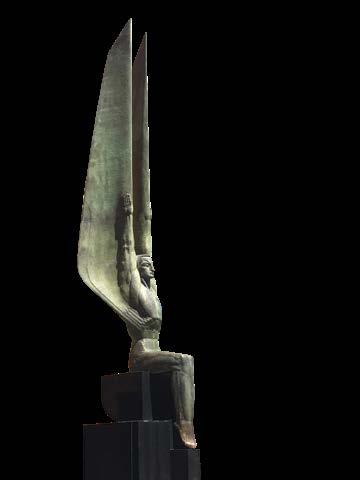
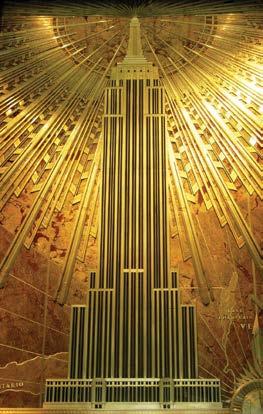
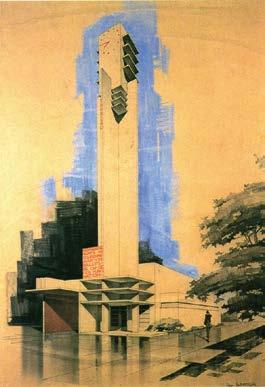
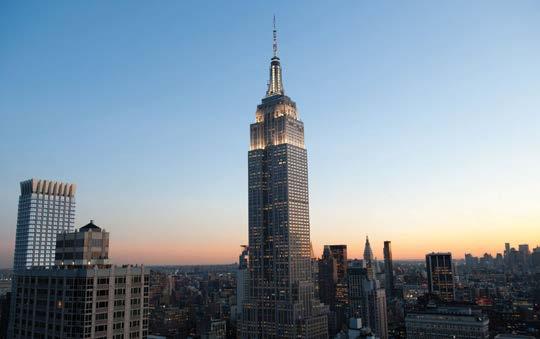
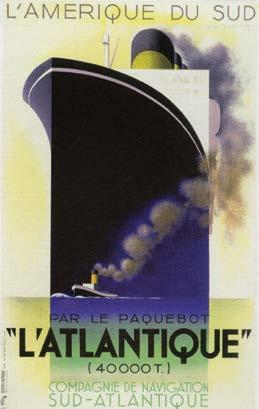

“Designing a poster means solving a technical and commercial problem….in a language that can be understood by the common man”-A.M.
Cassandre
GRAPHIC DESIGN
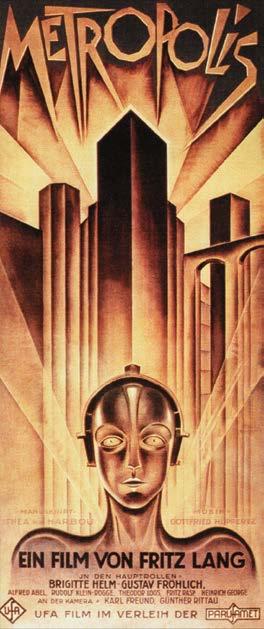
Coming out of the Art Nouveau era, poster artists helped define Art Deco style. A major designer, Adolphe Mouron, who later changed his name to A.M. Cassandre, was born in Ukraine and moved to France at the age of 14. Cassandre began his career designing posters in 1924 and made a name for him`self when he won awards in the 1925 Paris Exhibition. His L’Atlantique (1931) was an advertisement for an ocean liner of the same name. The work demonstrates through extreme size contrast how impressive the ocean liner is against a purposely placed small tugboat. Another Art Deco poster designer was Paul Colins, who also started his career in 1925. It is speculated he created close to two thousand posters and is considered as one of the most prolific and enduring French designers of his generation. One of his many notable pieces is Lisa Duncan (1935). Like many of his posters, it incorporates the use of “double imagery”, or an overlapping image, this one of the famous dancer Isadora Duncan dancing with a grand piano. A common technique Colin used is a sense of transparency, geometric shapes and lines, and color. Beyond France, German artist Heinz Schulz-Neudamm created Deco film posters, such as the one for Metropolis (1926). The poster looks toward the future and the beauty of machines. The film itself focuses on machines taking over and becoming the dominant race.
FASHION
After World War I ended, a time of prosperity ensued, and people began to focus more on luxury and living well. The style of the 1920s and 1930s changed drastically, as extra leisure time led to society being pushed to go beyond basic on things such as coats, dresses, and especially jewelry. This extravagance showed with a proliferation of buttons, tassels and braids. A Sears catalog of the time shows corsets of the strict Victorian-Era replaced by the boyish “flapper” style. At the start of the 1920s, women’s clothing was more androgynous. Later, cloche hats would disappear as berets, pillboxes, and brimmed hats took over. A designer of this time was Gabrielle, “Coco”, Chanel, a name that would become so well known today. Another change was women wearing their hair shorter, which meant fewer hair accessories. Due to this, jewelry moved onto elaborate pendants, necklaces “strung with pearls” and brooches that could be worn on the fabric of dresses. Jewelry at this time was made using less precious materials, such as artificially grown gemstones, enamel, and camphor glass. The reasoning for using less precious material was that it was abundant, as well as it being symbolic of a future full of abundance of human-made beauty. An example is a gold buckle set with diamonds and carved lapis-lazuli, jade, onyx, and coral created by Boucheron and designed by Lucien Hirtz in 1925. Another jeweler, Georges Fouquet, incorporated concentric circles of various gems and materials, like enamel, coral, onyx, and diamonds. One of his works is of a gold bracelet (1925) with black enamel, rows of diamonds and baguette topazes, and a large cabochon cut emerald set towards the bottom of the piece. While he drafted the piece, it was originally designed by André Léveillé for the 1925 Paris Exhibition.

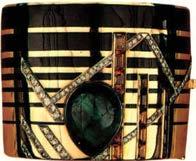
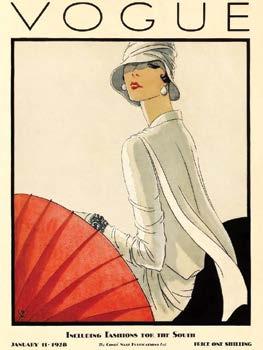
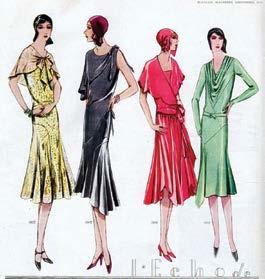
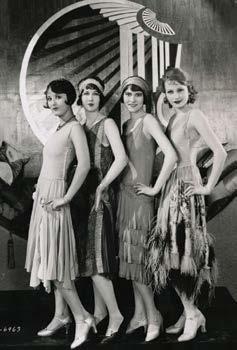
Upper Left: Vogue Magazine, January, 1928.
Above: Photographer Unknown, Flappers, 1920.
Lower Right: McCall’s Magazine, December, 1925
Below: Man Ray Trust, Gabrielle, “Coco”, Chanel, 1935.
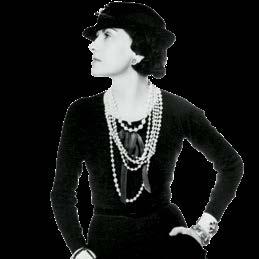
LEGACY
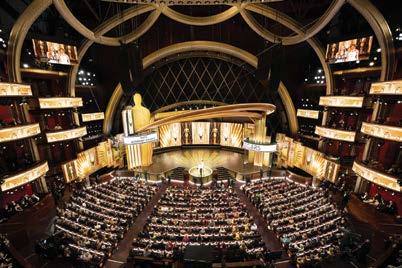
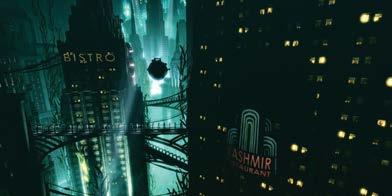
Art Deco cemented itself in the history books through its striking architecture, graphic design, and fashion. However, it continues and its impact can still be seen in today. One example is in the video game Bioshock. It is set in the fictional city of Rapture, a sort of retro-futuristic Art Deco Atlantis with geometric buildings, sculptures, and interiors. Art Deco style fits into a game budget perfectly because of its large, simple shapes. This is an interesting and different view on the whole ideology of Art Deco, as it was originally seen as futuristic and appreciative of the beauty of machines. Today its look helps machines handle a game better by using less resources, compared to more complex designs. Another example of Art Deco today would be the design style used for The Oscars, the awards for artistic and technical merit for the film industry. In both 2017 and 2023, the awards used an Art Deco style for its stage design. It was an homage to the classic moviegoing experience. This is likely referencing the era of Heinz Schulz-Neudamm and the many film posters he created at the dawn of the film industry. Thus, Art Deco lives on today as its ionic and striking style still captures the world’s attention.


